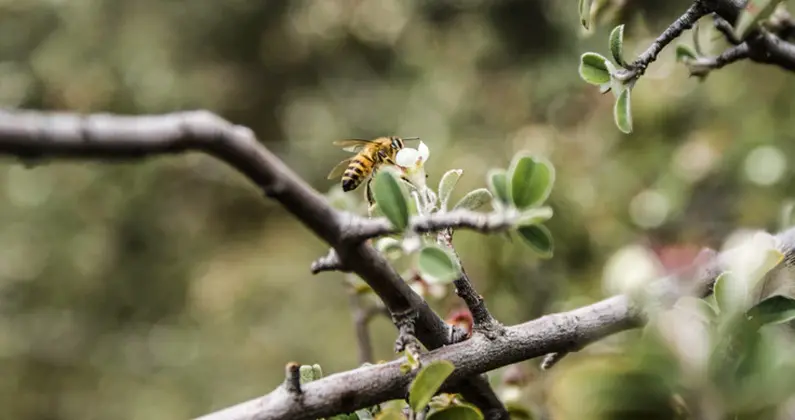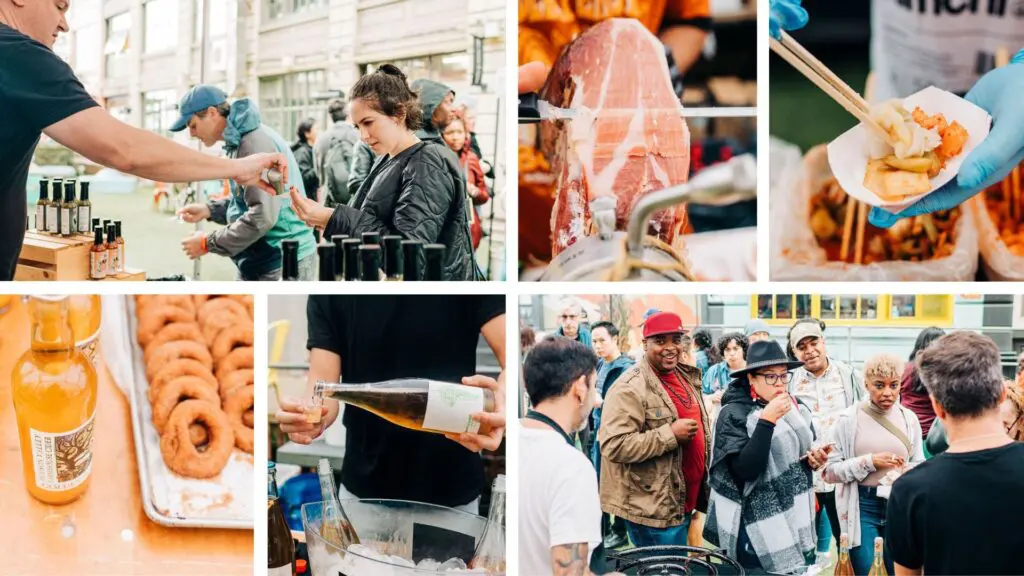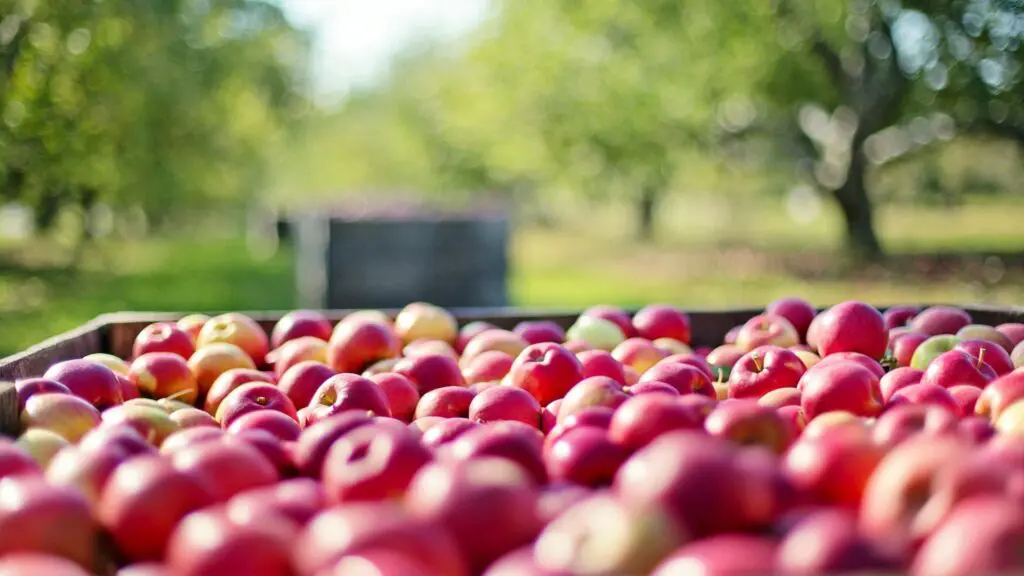The beginning of summer is a time of renewal — a time to shed the shackles of winter and traverse the sunlit path to the bright and new upcoming cidermaking and, eventually, cider drinking seasons. Orchards showcase the beauty of blossoms that burst into life illuminating the trees and ground with pink and white grandeur.
This is a busy time for apple trees as they harness the warmth of the sun and enhance their energy to create new budding flowers and healthy new growth patterns. This, too, is an exceptionally industrious time for bees.
After a long winter of hibernation the bees have awoken in the spring to collect pollen and nectar from their favorite plants and trees, and one of their best-loved places is the orchard. It is here among the trees where a reciprocal relationship between the bee and the apple tree can be observed. The bees fly from tree to tree to collect pollen and nectar from the blossoms to use as food for the colony. This pollen sticks to their fuzzy, little bodies and as they flit from blossom to blossom they pollenate the flowers that will turn to apples. This symbiotic relationship creates the perfect inception for the delicious libation known as cyser, a tasty and complex beverage of great antiquity.
Traditionally, apple juice and honey were blended prior to fermentation and the fermented result was given the name cyser, but modern cysers can be a blend of mead (honey wine) and cider, and sometimes mead and apple juice or even cider and raw honey.
Cyser is a sub-category of mead, one of the oldest alcoholic beverages in history. It is mentioned in the epics of Norse and Celtic mythology and even further back in one of the sacred texts of Hinduism, the Rig Veda. Stories and poems tell of the beverage’s unique healing and aphrodisiac properties, and some tell of the magical and curative characteristics of cider. One can easily relish what mighty things can transpire from combining these two amazing beverages.
The art of the process can be diverse. When creating a well-crafted cyser, the unique relationship between the phenolic structure of the apple and the floral and herbal components of the honey can induce a flavor and aroma profile truly exclusive to cyser. There tends to be a playful interrelation between the viscosity of the mead and the tannic bitterness or astringency of the cider.
Historically, cysers were fermented spontaneously utilizing the wild yeast on the skins of the apples in duet with the wild yeasts of the honey. Due to its low water content and its antiseptic properties, honey contains little to no bacteria —an important aspect in making it a perfect co-ferment with apple.
There’s not a more perfect accompaniment for strolling through an orchard than a glass of cyser to toast to the bee and the apple tree.
_____________
Jay Hildybrant is a partner and head cidermaker at Chain Yard Urban Cidery in Halifax, Nova Scotia. He is an international award-winning cider, mead and winemaker, largely self-taught with professional experience spaning Ireland, North America, Canada and India. He has crafted both traditional and experimental ciders along with meads and fruit wines. Hildybrant’s cider and winemaking style have been critically acclaimed, and his inspiration is derived from both a wild fermentation and complexly fermented fruit wine style that is as analytical as it is emotive. Hildybrant also works professionally as a freelance consultant for both new and established wineries around the world.












 Looking for the perfect w
Looking for the perfect w
 BREAKING NEWS
BREAKING NEWS 






